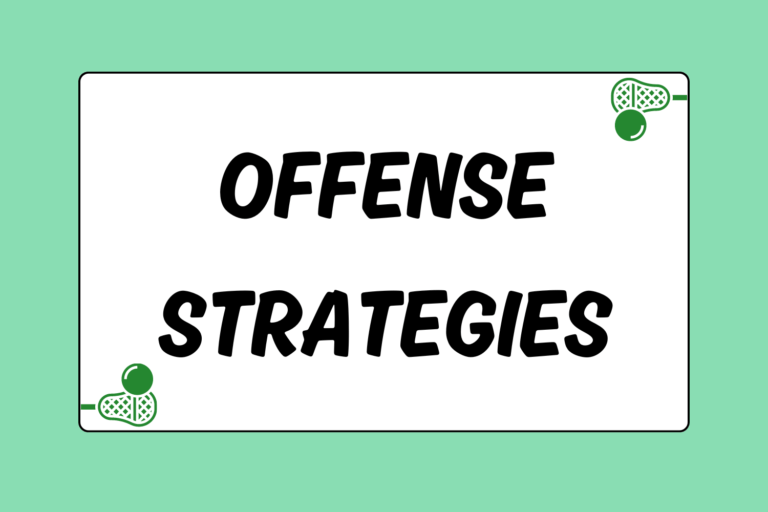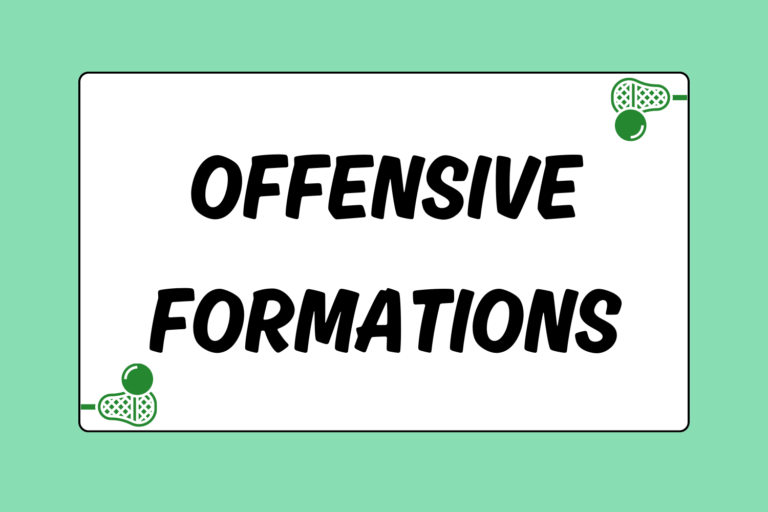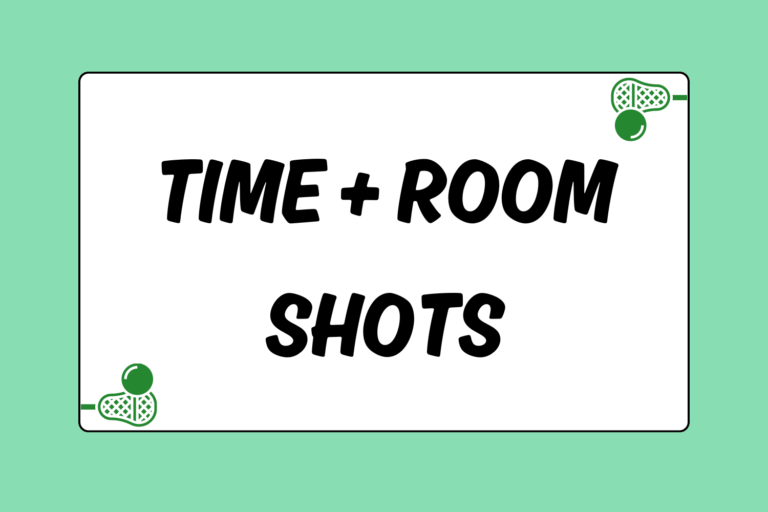As a midfielder, your job entails quite a bit more than any of the other positions on the field. In addition to handling the ball and playing offense, you also have to be a solid defender if you want the playing time you know you deserve. Guys who consistently play tough defense will more often than not find their way onto the field ahead of offensively-oriented players who ignore the other side of the ball. The following are some simple and easy ways to improve your midfield defense across the board.
Understand Team Defense
The most important aspect of becoming a better individual defender is to have a keen understanding of team defense. Every team employs particular slide packages and uses its own terminology to communicate on the field. Some teams also incorporate a zone defense. It’s important to know how, when, and where to position yourself and help defensively on a driving offensive player.
Defensive positioning when your man does not have the ball is crucial to being able to slide or properly protect your defensive zone. When playing off the ball, you should drift in towards the hole where off-ball offensive players are most dangerous.
With regards to slide packages, the first thing you should know is whether your team slides from the crease, adjacently, or using COMA slides. A crease slide means the crease defender is the first one to leave for help or a double-team. An adjacent slide means the defensive player adjacent to the one guarding the ball slides. A COMA slide is a cross-crease slide, where the offensive player farthest from the ball is left open.
Now that you know where to slide from, you need to know when to slide:
- As a crease slide, you have to recognize when an offensive player has a step on his man and has become a scoring threat so you can slide upfield to the ball.
- Adjacent slides should be made earlier than crease slides, as it is harder to catch up with a target from the side.
- A COMA slide should leave very early in the dodge, as he has the farthest distance to travel to reach the offensive player.
Study up on your team’s defensive principles early in the season, and let your coach know that you are committed to playing hard and smart on that side of the ball. Coaches love it when a player comes to them and lets them know he wants to be a factor on the defensive end!
Mark Your Man & Make Him Miserable
The ability to mark your man and ensure that he isn’t capable of scoring on your watch is what will ultimately determine whether you become a key contributor on defense. Tenacious defense can frustrate and stifle an opponent who is looking to push cage all the time, and perhaps even take him out of his game to the point where he becomes a detriment to his own team.
Marking your man is equally important whether he has the ball or is playing off the ball. When your man doesn’t have the ball, be sure to triangulate with him, yourself, and the ball, and always have your head on a swivel. Your stick should always be up and on the inside of the offense, in the passing lanes as much as possible. Never go more than one or two seconds without turning your head to find your man, otherwise you leave yourself vulnerable to a backdoor cut for easy scoring chances.
Your positioning off the ball is also an important factor in whether your man gets the ball in good spots for easy scoring chances. Sometimes your coach may ask you to shut off another team’s star player. If you devote the majority of your energy and focus on the field to taking this player completely out of the game, your coaches and teammates will surely appreciate your hard work and afford you a new level of respect.
When marking your man on the ball, the first thing you should look to do is identify his strengths offensively, and figure out what you can do to take those away. Force him into uncomfortable spots and moves. If he likes to drive to his right hand, shade him to the right and make sure he has no choice but to go lefty. If the guy is a great ‘time and room’ shooter, play him close and don’t give him the space to set his feet and let one rip. When a player likes to push the cage hard and doesn’t have a great ‘time and room’ shot, you should play off him a bit to give yourself space to defend the drive to the goal.
Always know who you are guarding and where he is on the field. Once you have identified his strengths as a player, take those away as best you can, and force him into uncomfortable spots.
Amazingly True Story
Jovan Miller was recruited to Syracuse on the merits of his superior athleticism and defensive ability as a midfielder. Since his freshman year, he has gone from a little used short-stick defensive midfielder to a first line middie playing both ways. Miller is able to turn defense into offense through transition chances and a great knack for picking up loose balls.
Feast on Physicality
Sometimes players can be held back defensively by a tendency to not be physical enough. No one is suggesting you employ “dirty” tactics, but being physical and not allowing yourself to be muscled around can provide you with more confidence and tenacity on defense.
It’s most important to have a physical presence when the ball is on the ground around your goalie’s crease. In this situation, it’s common to hear “Fire!” — the goalie’s typical call to his defense that he wants them to clear the crease area. Don’t throw dinky poke or slap checks on pesky little attackmen trying to scoop the ball for a garbage goal. Put that guy on the ground!
When playing a driving offensive player, don’t soften up and allow him to be comfortable carrying the ball against you. Throw hard checks and be physical without overplaying and allowing your man to get past you and penetrate the defense. Use your physicality to force him to spots on the field where he will be uncomfortable operating with the ball.
Another instance in which physicality is important is when you’re guarding a man on the crease. Always position yourself between your man and the ball, and do whatever you can to keep it that way. Don’t be shy about pushing him out of position to give yourself the best chance at defending him.
Don’t Fear the Flag
Worrying about getting flagged for a penalty can seriously undermine your ability to be an effective defender. There are times on the field when a penalty is a much more appealing option than giving up a goal. If you play fearing a flag, you won’t be able to confidently defend and be an asset to your team.
An offensive player picking up a loose ball in front of the cage should always pay the price for standing around in front of the goal, making life miserable for the goalie. Never do anything intentionally dirty, but make sure that guy doesn’t get the chance to stick a shot in the back of the net. Your coach will always prefer that your man-down defense come onto the field with a chance to prevent a goal, rather than allowing one to be tacked on against your side.
Whether in front of the cage or farther out at the restraining line, if you have a chance to prevent a goal by committing a penalty you should always put the team ahead of yourself. Never commit a penalty with the intention of injuring another player, but do what you have to do to keep the ball out of your team’s goal. A coach will never be angry if you commit a foul that keeps a goal off the board. Just don’t go overboard and get a non-releasable penalty!
Minister of Defense
A midfielder that defends consistently and is willing to selflessly commit himself to shutting down the opponent’s best players is just as valuable to his team as an attackman who scores two or three goals per game. The ability to defend and keep goals off the board is incredibly valuable, and can be sometimes overlooked by offensive-minded coaches. Becoming a great midfield defender doesn’t take elite athleticism, just an intense focus and attention to all the small details.





